JavaScript frameworks have revolutionized web development, especially when it comes to building user interfaces (UIs). The right framework can significantly enhance the look, feel, and performance of your web applications. As we move through 2024, several JavaScript frameworks stand out for their ability to create dynamic, responsive, and visually appealing UIs. Here’s a look at the top JavaScript frameworks for UI development this year.
1. React.js
React.js, developed by Facebook, is a leading framework for building UIs. Its component-based architecture allows developers to create reusable UI components, making the development process more efficient and maintainable. React’s virtual DOM ensures high performance by minimizing direct manipulations of the actual DOM.
Key Features:
- Component-based architecture: Encourages reusable components and modular code.
- Virtual DOM: Enhances performance by reducing unnecessary updates.
- Strong ecosystem: Supported by numerous libraries and tools like Redux for state management.
Use Cases:
- Single-page applications (SPAs)
- Complex web interfaces
- Mobile applications using React Native
2. Vue.js
Vue.js is celebrated for its simplicity and flexibility, making it a favorite among developers for UI development. It offers a gentle learning curve while providing powerful tools to build interactive UIs. Vue’s two-way data binding and component-based structure streamline the process of creating dynamic web applications.
Key Features:
- Reactive data binding: Automatically updates the UI when data changes.
- Component-based structure: Simplifies the development and maintenance of complex interfaces.
- Ease of integration: Can be easily integrated into projects using other libraries.
Use Cases:
- Progressive web applications (PWAs)
- SPAs
- Enhancing parts of existing applications
3. Angular
Angular, maintained by Google, is a robust framework that offers a comprehensive solution for building large-scale UIs. It employs TypeScript, which helps in catching errors early in the development process. Angular’s two-way data binding and dependency injection make it ideal for creating complex, feature-rich applications.
Key Features:
- TypeScript support: Enhances development with static type-checking.
- Two-way data binding: Synchronizes the model and the view automatically.
- Dependency injection: Manages the dependencies of various components efficiently.
Use Cases:
- Enterprise-level applications
- Complex SPAs
- Cross-platform mobile apps with Angular and Ionic
4. Svelte
Svelte offers a unique approach to UI development by shifting much of the work to compile time, resulting in highly efficient runtime performance. Unlike other frameworks, Svelte doesn’t use a virtual DOM; instead, it converts components into highly optimized vanilla JavaScript at build time.
Key Features:
- Compile-time optimizations: Reduces runtime overhead and improves performance.
- No virtual DOM: Directly manipulates the DOM for faster updates.
- Simplified syntax: Makes it easier to learn and use.
Use Cases:
- High-performance web applications
- Projects where efficiency is crucial
- Simplified and streamlined development workflows
5. Next.js
Built on top of React, Next.js is designed for server-side rendering and static site generation, making it an excellent choice for creating fast and SEO-friendly web applications. It simplifies the process of building React applications and provides features like automatic code splitting and client-side navigation.
Key Features:
- Server-side rendering (SSR): Enhances performance and SEO.
- Static site generation (SSG): Builds static pages at compile time for better performance.
- API routes: Allows building API endpoints within the Next.js application.
Use Cases:
- SEO-friendly websites
- Static websites
- Complex SPAs with server-side rendering
Conclusion
Choosing the right JavaScript framework for UI development depends on your project’s specific needs, such as performance, scalability, learning curve, and community support. React.js, Vue.js, Angular, Svelte, and Next.js each offer unique advantages that cater to different types of projects. Whether you’re building a dynamic web interface, a complex single-page application, or a high-performance site, these frameworks provide the tools necessary to create exceptional user experiences. Stay ahead of the curve by leveraging these top JavaScript frameworks for UI development in 2024.